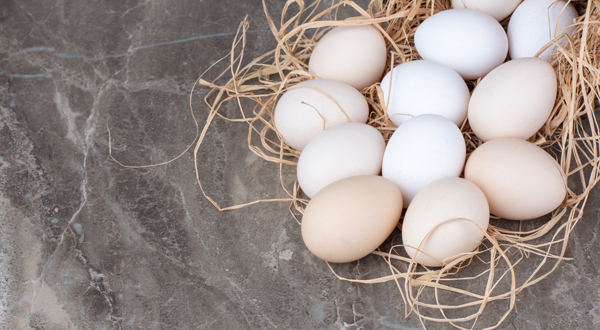
Image: Pixabay
The third decade of October begins in an environment extremely fragile due to egg surpluses in all links of the negotiation chain, imposing a great struggle on producers to be able to sustain the reference bases.
As a result, the month dedicated to highlighting the numerous qualities that exist in the product is showing low movement and this appears to be strongly linked to the financial exhaustion of the population. And this is clearly visible in the evolution of prices.
Monitoring carried out by Ovosite shows that after achieving a small increase in the first days of the month, prices soon stabilized and began to decline at the beginning of the second decade. And this becomes very visible when compared to October last year and the historical average over the last 13 years.
{module Form RD}
For now, the average daily price is 3.6% lower than that practiced at the opening of October, while the historical average reaches an increase of almost 3%. The egg producer must be missing the strong progress achieved in October last year. If these indexes had been followed by the historical average and last year, the price of a box of white eggs would be sold for R$113.20 and R$132.30, respectively.
The period of the month does not offer good marketing conditions and maintaining prices can now be considered good business for poultry farmers. Apparently, history shows that the market seeks to find a point of balance because it is not the reduction in prices – costly for the producer, by the way – that will impact greater consumption.
Clipping: Notícias Agrícolas | Source: Ovosite












